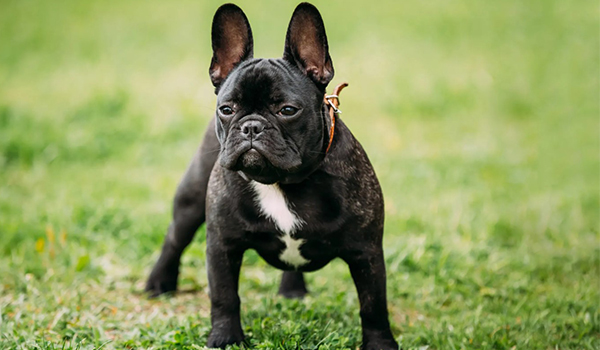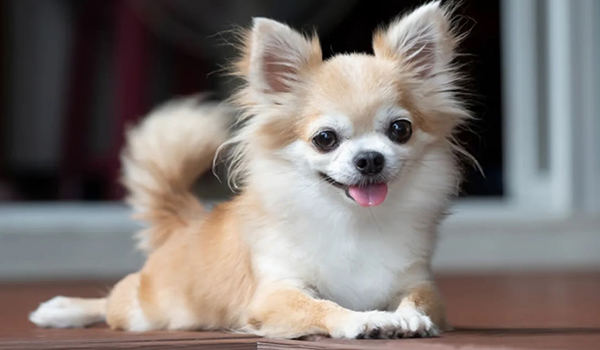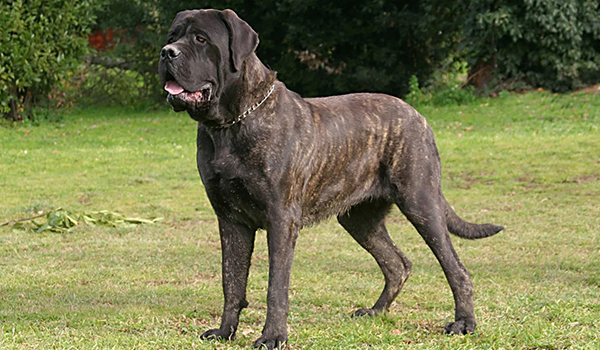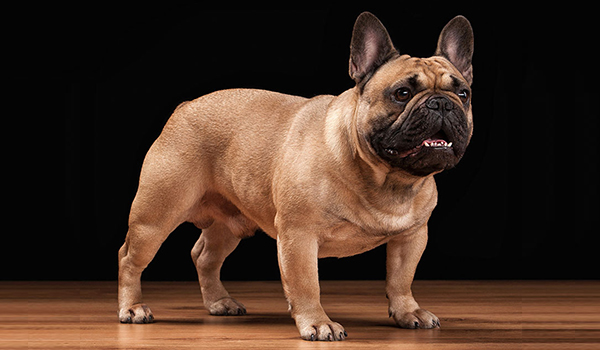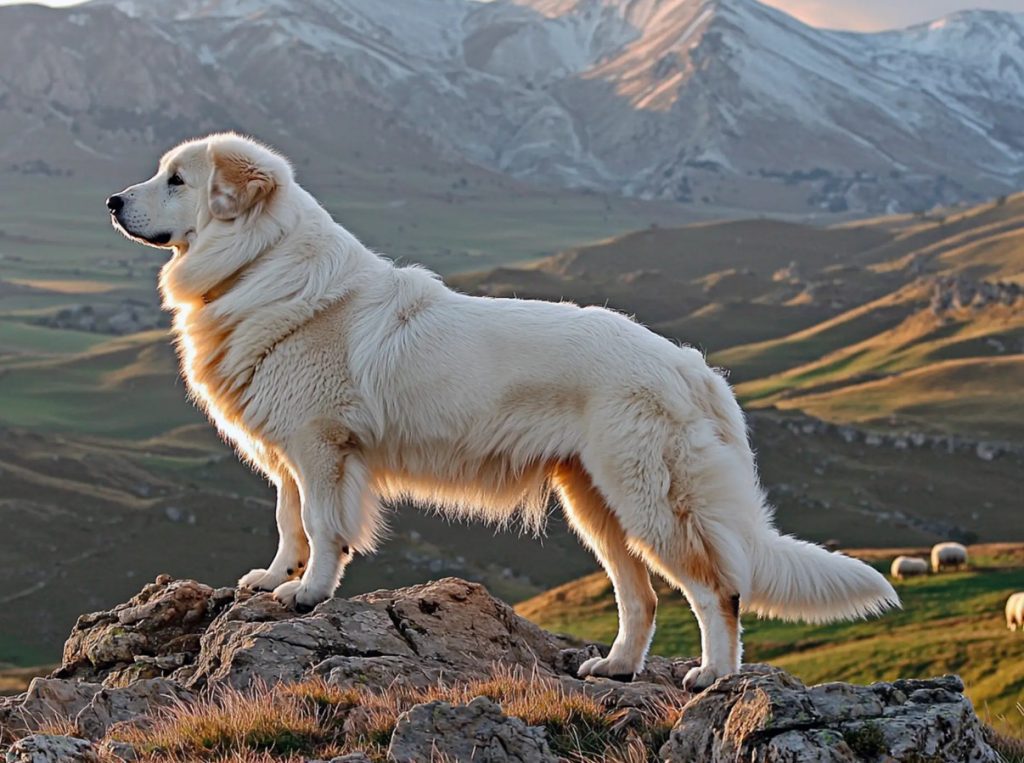
The Great Pyrenees is a breed of majestic calm, immense strength, and profound devotion. Known as the “gentle giant” of the guardian world, they combine a serene, patient demeanor with an unwavering commitment to protect their flock—whether that flock consists of sheep, children, or a family. With their stunning white coat and noble bearing, they are a breathtaking sight, but their true beauty lies in their steady, independent character.
This comprehensive guide will explore the reality of life with a Great Pyrenees to help you determine if you have the space, patience, and understanding to provide the specialized home this magnificent livestock guardian requires.
Breed Overview
- Group: Working
- Height: 25 – 32 inches (at the shoulder)
- Weight: 85 – 120+ pounds (females are typically smaller)
- Life Span: 10 – 12 years
- Coat: A magnificent, weather-resistant double coat consisting of a soft, dense undercoat and a long, thick, flat or wavy outer coat. It is primarily solid white but can have markings of badger, gray, or tan.
A Brief History: The Guardian of the Peaks
The Great Pyrenees has an ancient history, originating in the Pyrenees Mountains between France and Spain. For centuries, they were bred by shepherds to guard flocks of sheep from predators like wolves and bears. Their white coat allowed them to blend in with the sheep, and their size and strength made them a formidable deterrent.
They worked independently, often alone with the flock for days at a time, making critical decisions without human guidance. This history forged a dog of immense intelligence, independence, and a deep-rooted guarding instinct. They were later adopted by French nobility as estate guardians but never lost their fundamental purpose as protectors.
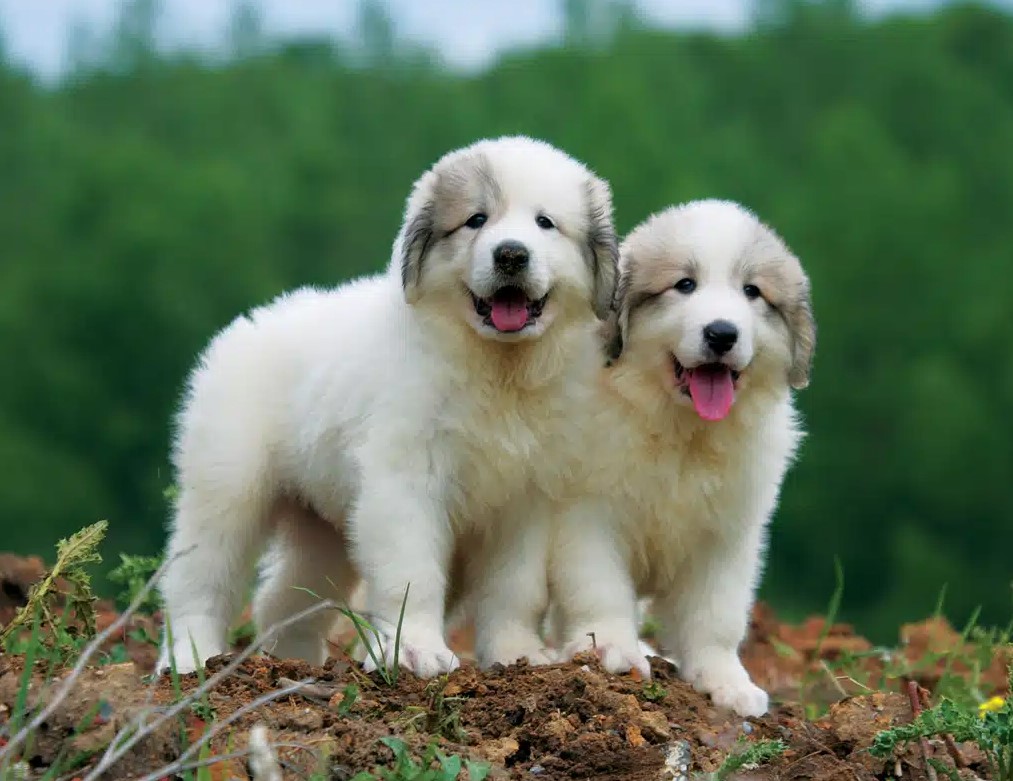
The Great Pyrenees Temperament: The Independent Protector
The Pyrenees’ temperament is a direct result of their working history. They are calm, patient, and deeply bonded to their family and territory.
- Calm & Patient Indoors: Inside the home, a well-exercised Pyr is remarkably calm, quiet, and low-energy. They are often described as “mellow giants” who enjoy lounging with their family.
- Gentle & Protective with Family: They are famously gentle and patient with children and deeply devoted to their families. Their protection is a quiet, confident presence rather than an aggressive one.
- Independent & Intelligent: Bred to work alone, they are highly intelligent and independent thinkers. They do not have the eager-to-please nature of a herding dog and can be stubborn. They make decisions based on their own assessment of a situation.
- Reserved & Aloof with Strangers: They are naturally wary of strangers and have a powerful, instinctive drive to guard their home. This makes early and ongoing socialization critical.
- Nocturnal & Vocal: Their historical work pattern makes them more active at night. They are known for their deep, booming bark, which they use to patrol and warn off perceived threats—a trait that can be challenging for neighbors.
Caring for Your Great Pyrenees
Exercise: Moderate Needs, Maximum Space
Despite their size, Pyrenees have moderate exercise requirements. Their primary need is space to patrol, not structured athletic activity.
- Daily Requirements: 30-60 minutes of moderate daily activity, such as leisurely walks or playtime in a secure yard, is sufficient. They are not built for long-distance running.
- A Job to Do: Their greatest need is a “job,” which is guarding their home and family. A securely fenced yard where they can patrol is ideal and fulfills their innate instincts.
- Mental Stimulation: Their intelligence is best engaged by allowing them to fulfill their natural role as a guardian.
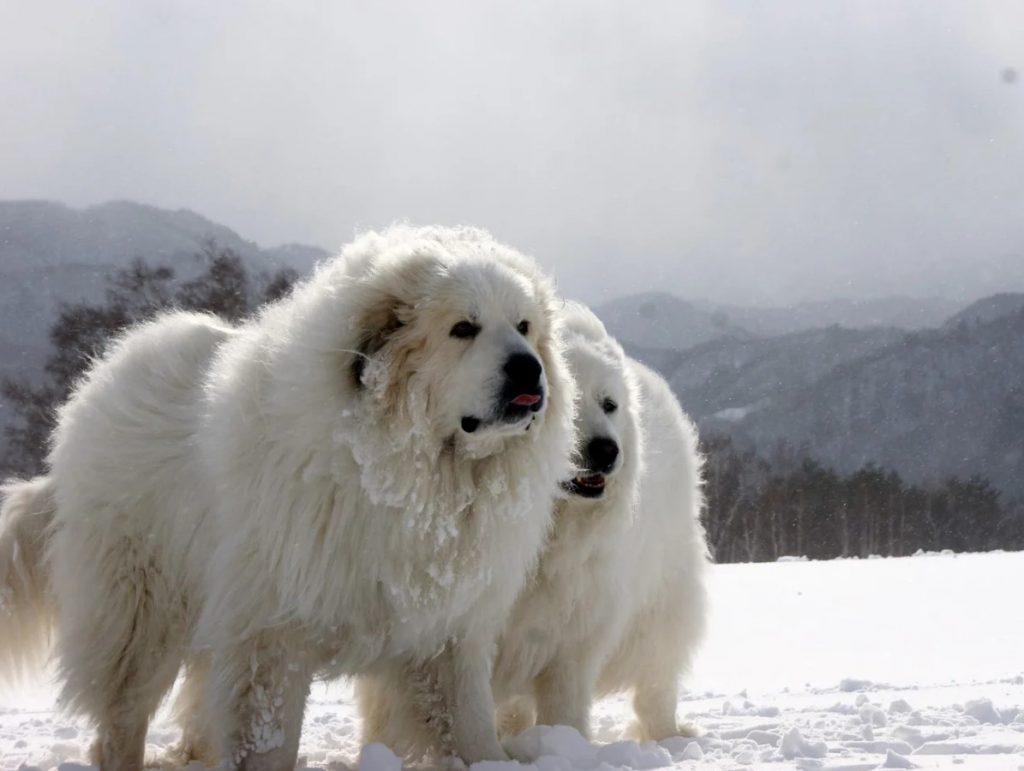
Grooming: A Significant Commitment
That beautiful white coat is high-maintenance and designed for all weather, not for a pristine home.
- Brushing: Brush 2-3 times a week with an undercoat rake and a slicker brush to prevent severe mats and tangles. During their biannual “coat blow,” daily brushing is necessary to manage the incredible amount of loose fur.
- Bathing: Bathing a Pyr is a major undertaking. It should be done every 6-8 weeks or as needed. A thorough blow-dry is essential to prevent moisture from being trapped against the skin.
- Drooling & Mess: Be prepared for drool, especially after drinking, and for tracking in dirt, mud, and snow on their feathered legs.
- Other Needs: Regular nail trimming, ear cleaning, and checking for debris between their foot pads.
Training: Patience and Respect for Instincts
Training a Great Pyrenees requires a specific approach based on respect for their independent nature.
- Socialization is Non-Negotiable: This is the most critical aspect. From puppyhood, they must be positively exposed to a wide variety of people, animals, and situations to ensure their guarding instincts are balanced and appropriate.
- Be a Confident Leader: They respond best to a calm, confident, and consistent owner. Use positive, reward-based methods. Harsh corrections are ineffective and will damage your relationship.
- Manage Barking: It is nearly impossible to eliminate their protective barking. Training should focus on teaching a “quiet” command and managing the behavior rather than expecting to stop it entirely.
- Recall is a Challenge: Their independence and territorial nature make reliable recall difficult. They should never be trusted off-leash in an unsecured area.
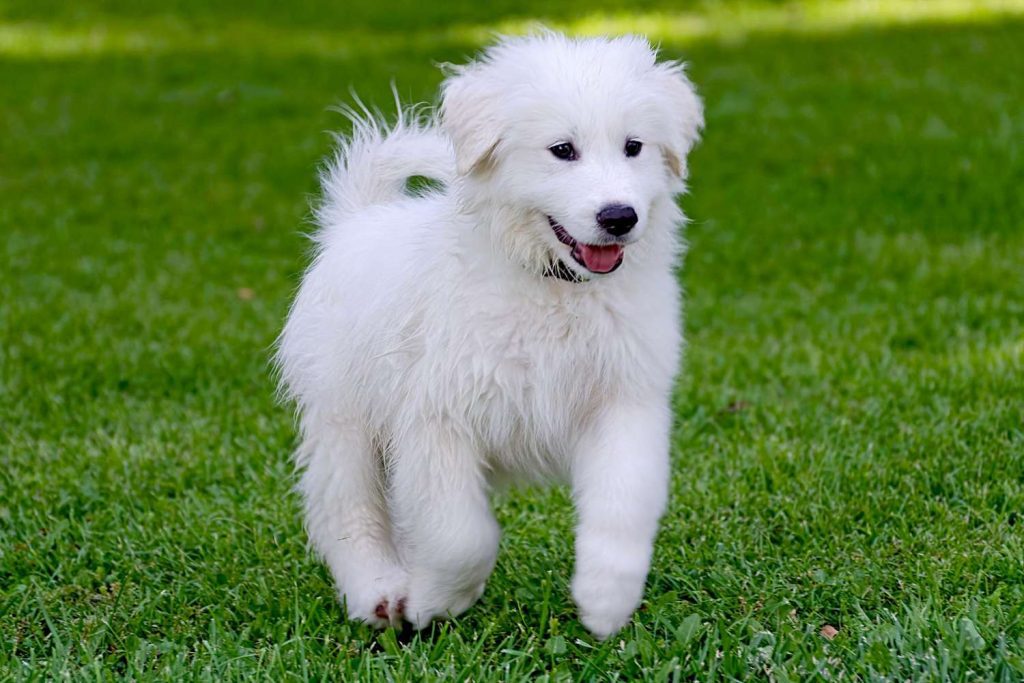
Health: What to Be Aware Of
As a giant breed, the Great Pyrenees is prone to specific health issues.
- Hip and Elbow Dysplasia: Common skeletal conditions that can lead to arthritis and pain. Reputable breeders screen for these with OFA or PennHIP certifications.
- Bloat (Gastric Dilatation-Volvulus): This is a life-threatening emergency for deep-chested breeds. Preventative measures are essential: feed smaller meals, avoid exercise around mealtimes, and know the signs.
- Luxating Patella: A condition where the kneecap slips out of place.
- Entropion: An eye condition where the eyelid rolls inward, irritating the cornea.
Is a Great Pyrenees Right For You?
A Great Pyrenees might be your perfect match if you:
- Have a home with a large, securely fenced yard in a rural or suburban area.
- Want a gentle, calm, and devoted family guardian.
- Are a patient, confident owner who understands independent breeds.
- Are not bothered by significant shedding, drool, and barking.
- Value a dog’s protective instincts.
You should absolutely reconsider if you:
- Live in an apartment or a home without a yard.
- Have close neighbors who would be disturbed by loud, nocturnal barking.
- Want a highly obedient, off-leash hiking partner.
- Are a first-time dog owner.
- Desire a pristine, hair-free home.
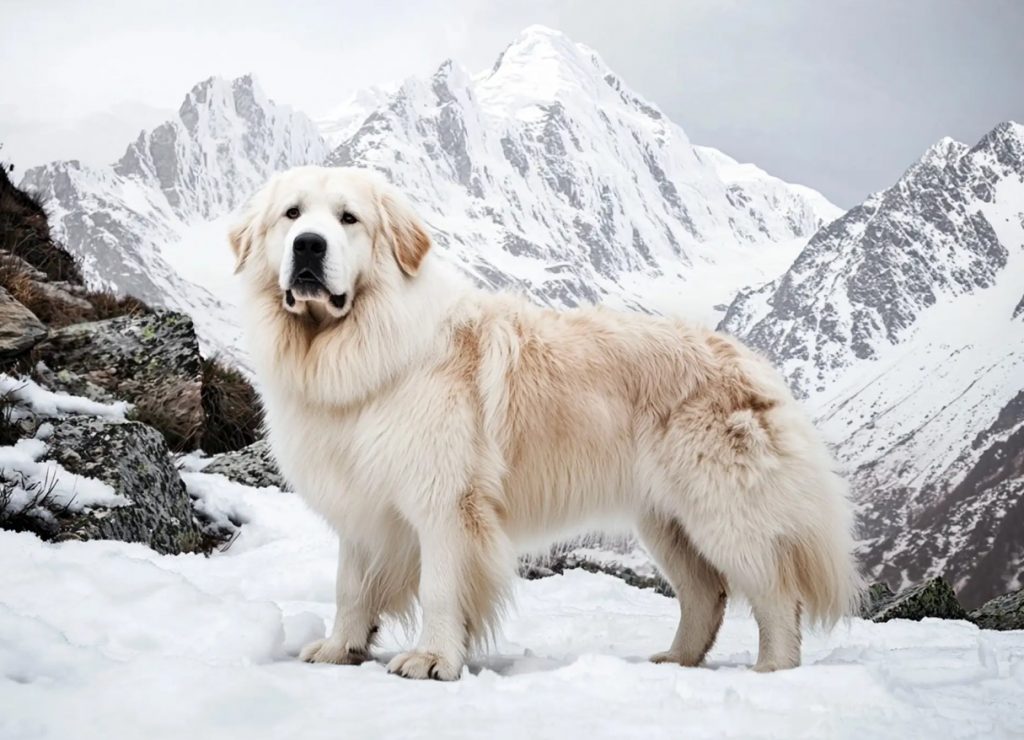
Finding Your Great Pyrenees
- Reputable Breeders: This is crucial. A responsible breeder will:
- Health Test: Provide OFA/PennHIP certifications for hips and elbows.
- Focus on Temperament: Breed for stable, sound nerves.
- Interview You Thoroughly: They will want to ensure you have the appropriate environment for a guardian breed.
- Rescue & Shelters: Great Pyrenees-specific rescues are very active. Many dogs are surrendered because owners were unprepared for their size, barking, or independent nature. Adopting an adult can be a wonderful way to provide a second chance.
Understanding the Cost: The initial cost from a reputable breeder in the U.S. ranges from $1,200 to $2,500+. The lifetime cost of ownership is significant, including massive amounts of high-quality food, professional grooming supplies or services, and potential veterinary bills for joint issues or bloat. Pet insurance is highly recommended.
Bringing a Great Pyrenees into your life means committing to a loyal, independent, and magnificent guardian. In return for your understanding and provision of a suitable home, you will gain a gentle giant whose devotion and calming presence will be a source of comfort and security for years to come.

